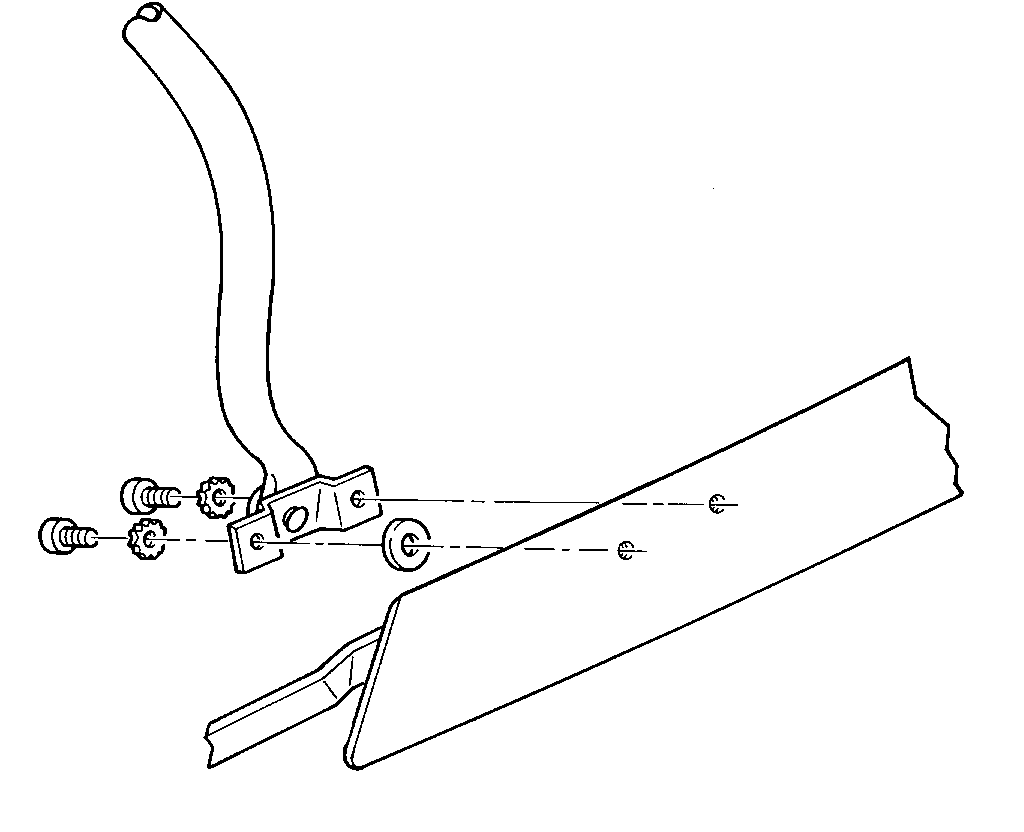TOP STACK #4 BOW BINDING SHIM BOW @ ATTACHING BRACKET

VEHICLES AFFECTED: 1989 CHEVROLET CAMARO CONVERTIBLE
CONDITION:
Some vehicles may develop wear areas or possibly holes in the sail panel area of the convertible top.
CAUSE:
The #4 bow binds when the top is lowered and traps the top material between the #4 and the #3 bow.
CORRECTION:
Shim the #4 bow at the attaching brackets to prevent the condition using the following procedure:
1. Lower the side windows.
2. Pull the release lever located on the left side of the tonneau cover forward to release the #5.
3. Raise the #5 bow to full vertical position.
4. Push the tonneau cover release switch located on the console rearward to release the tonneau cover.
5. Raise the tonneau cover to full vertical position.
6. Lower the #5 bow to its original position.
7. Pull each top latching handle down and rotate handle outboard to release the top from the windshield header.
8. Slowly bring the top rearward to its half-lowered position.
9. Inspect the position of the #4 bow. If the #4 bow did not fall freely, proceed with step 10.
10. Remove the bolts from the #4 bow pivot bracket.
11. Install an appropriate quantity of flat washers (usually two) between the mounting bracket and the #5 bow at the location of the forward-most bolt. Repeat for other side, refer to Fig. 1.
12. Raise the top to the windshield header and lower to the halfway position.
13. Inspect the position of the #4 bow to insure that it falls freely without binding.
14. Raise the top to the windshield header and latch top to the windshield header.
15. Push each latch handle up to its stowed position.
16. Raise the #5 bow to its full vertical position.
17. Lower and latch the tonneau cover.
18. Lower and latch the #5 bow.
Use the most applicable Labour Operation and Time from the Canadian labour Time Guide.

General Motors bulletins are intended for use by professional technicians, not a "do-it-yourselfer". They are written to inform those technicians of conditions that may occur on some vehicles, or to provide information that could assist in the proper service of a vehicle. Properly trained technicians have the equipment, tools, safety instructions and know-how to do a job properly and safely. If a condition is described, do not assume that the bulletin applies to your vehicle, or that your vehicle will have that condition. See a General Motors dealer servicing your brand of General Motors vehicle for information on whether your vehicle may benefit from the information.
